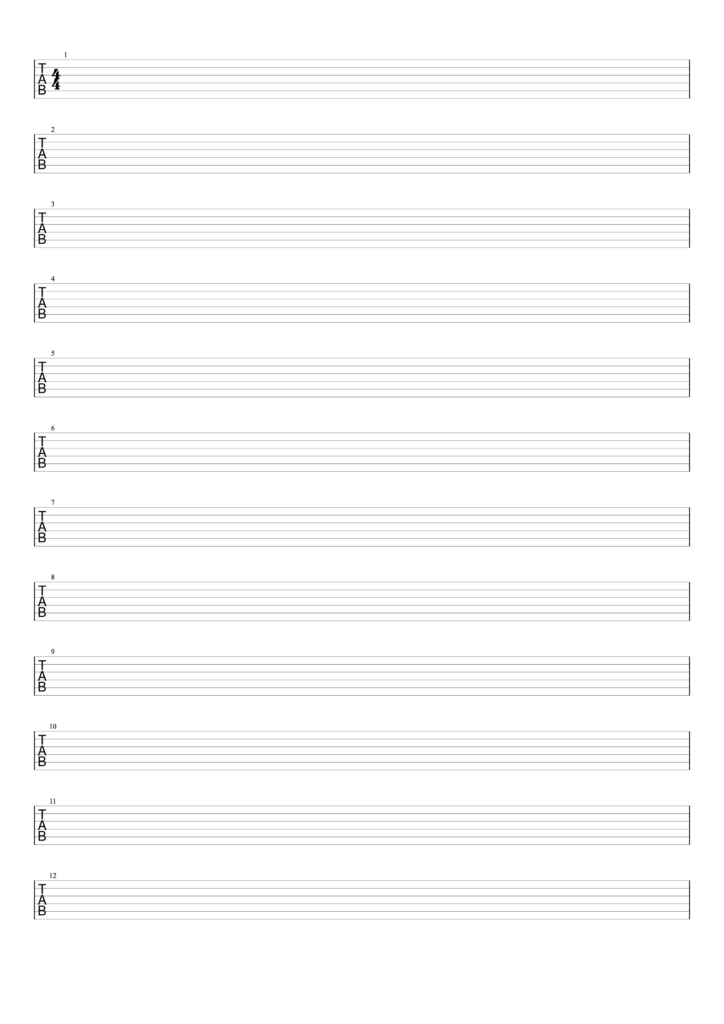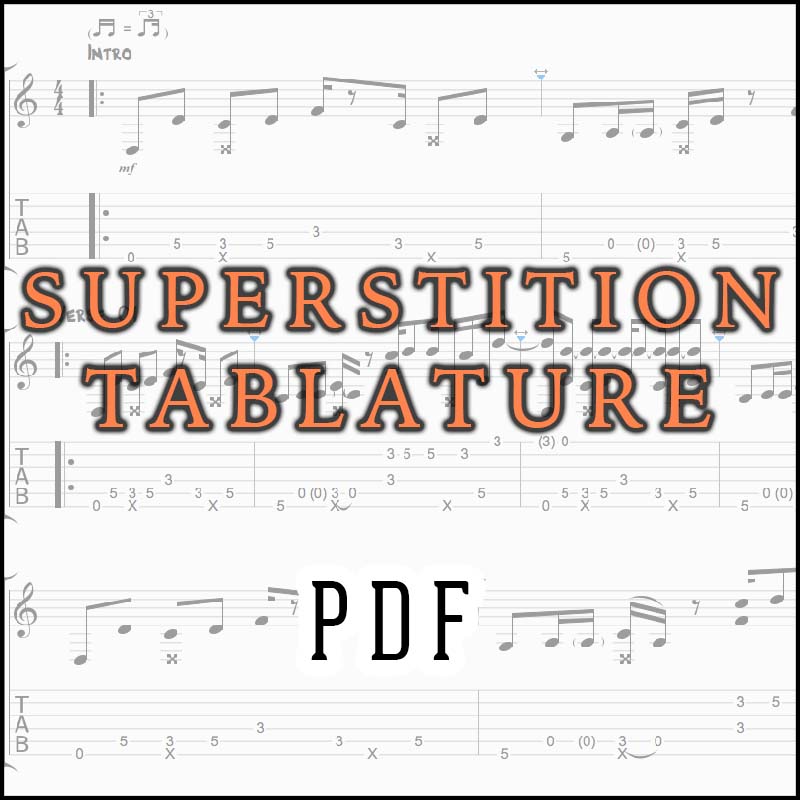
Here are some more commonly-used symbols:Īs a rule, tabs don’t provide a ton of direction on rhythm it’s important that you’ve heard the song before and can use a combination of the tabs and your ear to get it down.

The “h” means that you should do a hammer-on from the 3rd to the 5th fret to get that folky sound. For instance, in the beginning of the iconic “Man of Constant Sorrow” from O Brother, Where Art Thou?, you’ll see “3h5” on the 5th string. When it comes to incorporating techniques into tabs, there are some commonly-used symbols to keep in mind. These stacked numbers show you which notes you have to play all at once in order to form a chord - like the A7sus4 chord - that makes you feel feelings when you hear this song. If you’re learning “Wonderwall” (you know you want to), you’ll see multiple numbers stacked-one on each line.
#Tablatures how to#
Playing chords using tabs: In addition to playing single notes and riffs, tablature can also be used to show you how to play a chord. If you’re playing a melody, like the riff of “ Ring of Fire” shown above, you’ll see one number at a time, left to right. As you read and play the tabs from left to right, you begin to string together the song (pun intended). The second note is the 1st fret on the 5th string. In the example above, the first note is the 0 fret on the 5th string (a 0 means that you play the open string). Playing single notes and riffs in tablature: Each number on a line represents which fret you should play on that specific string. In standard tuning, the lines of tabs represent these notes:

In standard tuning, they represent the high E and low E notes, respectively: The top line is the 1st string and the bottom line is the 6th string. The lines in a tab represent the strings on a guitar. These elements are represented as technical indications that often go together with a notated slur.Be the first to know about new products, featured content, exclusive offers and giveaways. While elements like and have sporadic support in current MusicXML software, the and elements are supported in many applications. The tab part in our example begins with the following attributes:Ĭontemporary guitar notation contains many elements idiomatic to the guitar (and specifically the electric guitar). The print-object attribute of the and elements is used to indicate that the key and time signatures should not be displayed on this staff. TAB is one of the values available for elements. Staff tunings are described with the and elements. The element specifies the number of lines on a tablature staff, usually one for each string. The fret and string for first note in this example are represented using:Īn element may include a element to specify the details of a tab staff. Strings are numbered starting at 1 for the highest string on the instrument. Frets are numbered starting at 0 for the open string. The element contains these types of notations, and two of its component elements represent the note's and. The fret and string information needed to generate tablature for guitar and other stringed instruments is handled the same way as technical indications for other instruments, such as piano fingerings and violin bowings.

Here is a simple one-measure guitar part example that we will use to illustrate the basic MusicXML tablature features, using the standard 6-string guitar tuning: The main things that need to be added are the fret and string information, the details of the how the strings are tuned, and techniques specific to guitars and other related instruments. In MusicXML, this rhythmic information needs to be specified, although the display is likely to be hidden on a tab part. Tablature notation provides a direct guideline to the strings and frets used to play music on a guitar or other fretted instrument, often at the expense of precise rhythmic information.


 0 kommentar(er)
0 kommentar(er)
